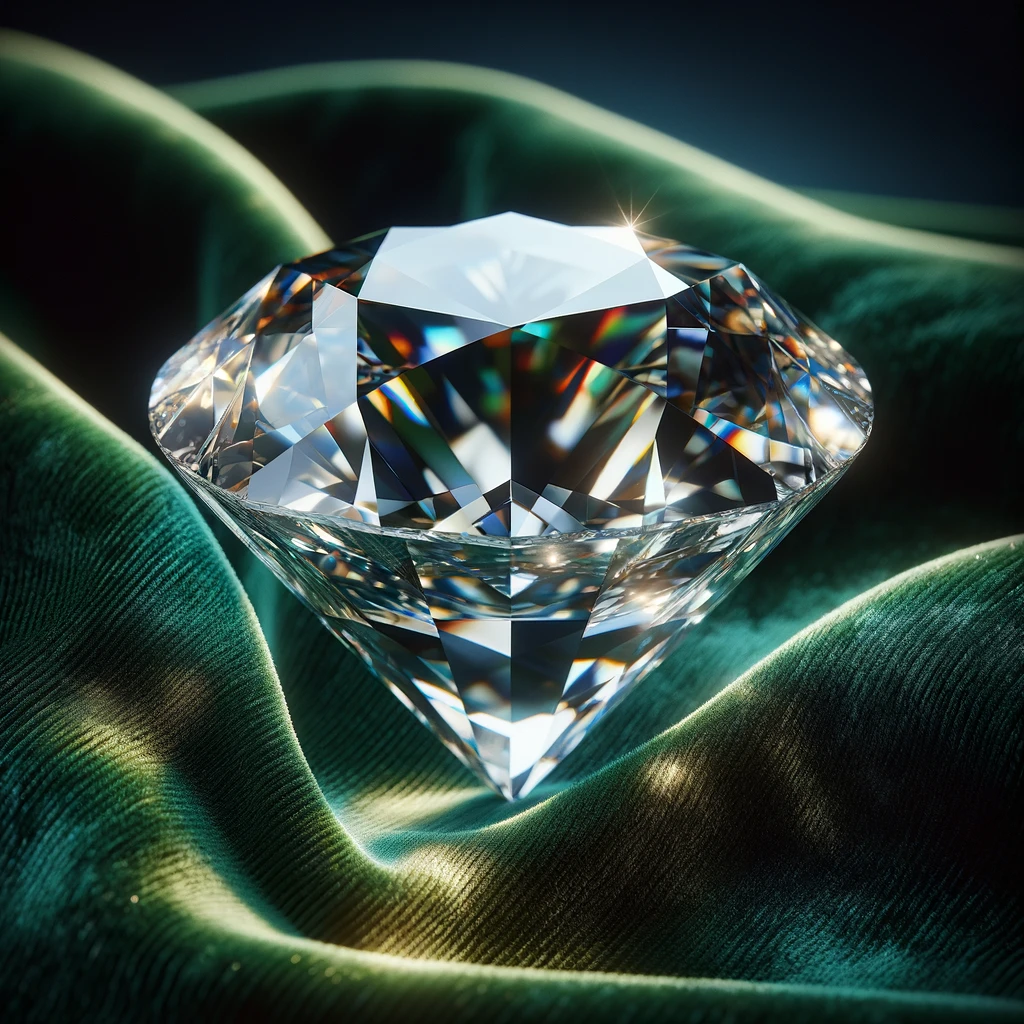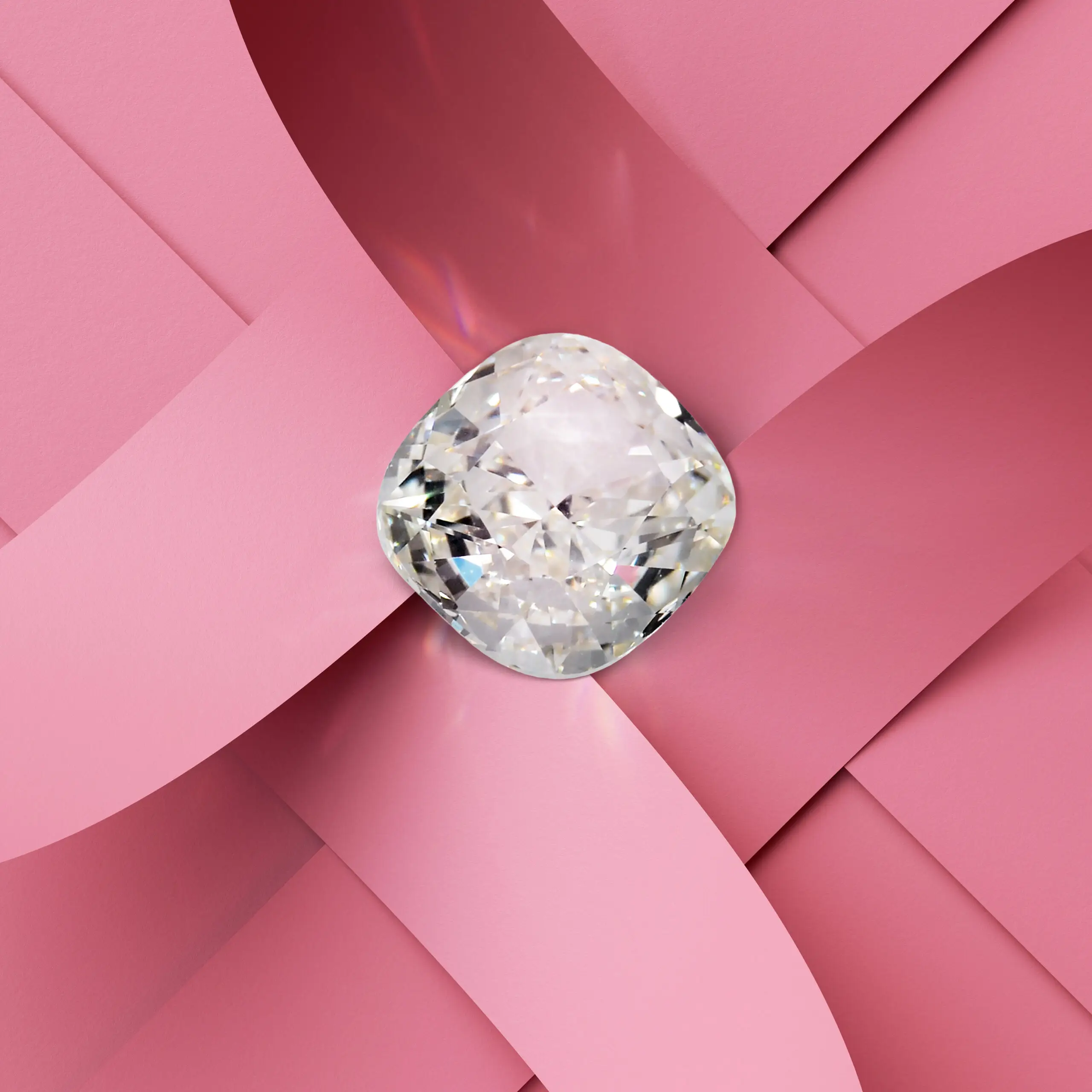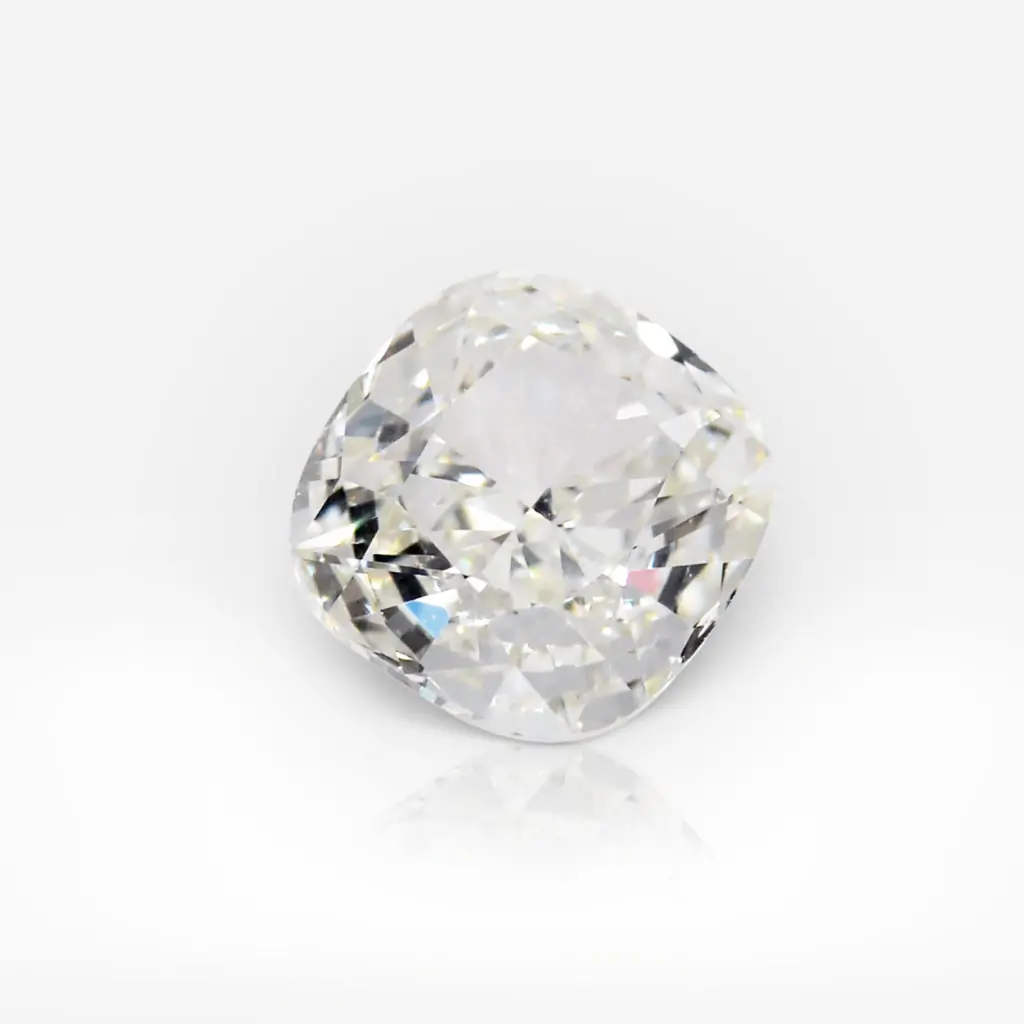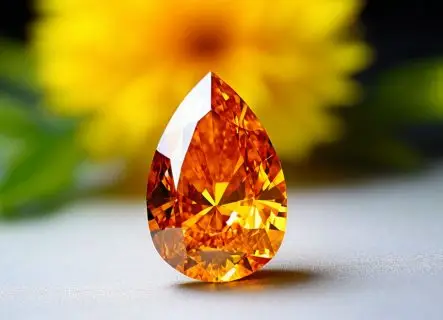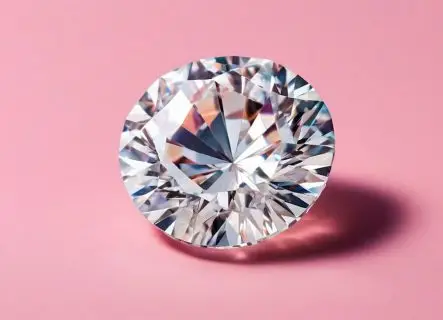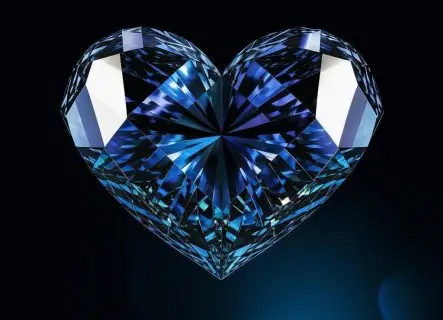Buying a diamond can initially appear like a really enticing idea. Why? A bewildering array of options, complicated technological specifications, and prices that could make you feel ashamed or confused.
This response is typical. It can be difficult to completely understand the complex world of diamonds for someone who is not familiar with gemology. However, difficult does not mean unachievable.
In this post, we’ll examine hue, one of the key characteristics of diamonds that determines their value and price. We will focus on K color diamonds, ascertain whether they have a yellowish hue, and understand when investing in them is prudent versus when choosing a different color of diamond is preferred.
The GIA Color Scale

Since the GIA Color Scale is the basis for understanding diamond color, it is important to give some background information on it before delving into the nuances of diamond color grading.
To standardize the language used to describe diamond color, experts created the GIA Color Scale in the 1950s. Diamond color was once defined by arbitrary, subjective adjectives like “white,” “blue white,” or “AAAA.” The GIA Color Scale increased transparency in diamond pricing by providing a uniform, objective framework for classifying diamond color.
Twenty-three color classes make up the GIA Color Scale, which goes from D (colorless) to Z (bright yellow or brown). Experts use five color categories to group the grades: very light (N-R), dim (K-M), colorless (D-F), near colorless (G-J), and light (S-Z).
A diamond that is fully colorless is represented by the letter D on the scale. The amount of discernible color in the diamonds increases as you proceed down the alphabet. Therefore, Z diamonds have distinct yellow or brown tones, whereas D diamonds are colorless. To sum up, a diamond’s letter grade indicates how much color it contains.
What are K color diamonds?
According to the GIA Color Scale, diamonds with a K color grade fall into the Faint Yellow range.
The K color grade is the first grade in the Faint Yellow range, followed by L and M grades. The Faint Yellow range comes after the Near Colorless range, which includes G, H, I and J grades.
Diamonds graded K have a subtle hint of yellow hue that is noticeable to the naked eye. However, this yellowish tint is very slight. This means that depending on the diamond’s cut and setting, K color diamonds can appear just as colorless as higher graded diamonds.
Many people believe that K color diamonds have a very intense yellow shade that is obvious. Hence, they usually do not consider these diamonds as options for purchase. However, you can find beautiful K color diamonds.
How much do K color diamonds cost?
As we’ve already discussed, a diamond’s pricing is significantly influenced by its color grade. For example, stones from the Faint Yellow range are significantly more affordable than stones from the two prior ranges. However, diamonds from the Colorless range are more expensive than diamonds from the Near Colorless level.
As a result, K color diamonds are substantially more expensive than diamonds of higher grades. Thousands of dollars can be used to quantify this disparity. The price difference between H color diamonds and K color diamonds is 50%.
When is a K color diamond a good choice?
Rephrasing this question would be: In K color diamonds, under what circumstances is the yellow tinge least noticeable?
Shape
First, the stone’s cut affects how vibrantly the color is shown. Some cuts appear to make the color of the diamond more saturated by intensifying it. The color is muted and concealed by other incisions.
The circular brilliant masks color the best out of all the shapes. Therefore, the way a round diamond is faceted reduces the visibility of any slight hue, even if the diamond has a K grade.
Additionally, you may consider princess, asscher, and emerald cuts. Additionally, their faceting aids in blending and masking the color.
Metal of the setting
If you want to set the diamond in a piece of jewelry, other factors to take into account are the kind and color of metal used for the setting. For instance, the diamond appears more yellow than its actual color grade when plated in rose or yellow gold because of the warm tones they impart on the stone. Even diamonds with a D or E hue might have this effect. Therefore, a K color diamond’s appearance won’t be significantly altered by such settings.
On the other hand, a K color diamond’s faint tint may be less noticeable in settings made of white gold or platinum. Therefore, choosing certain metal types for the location is preferred.
Style of the setting
Thirdly, the setting style influence the appearance of a K color diamond. For instance, you want to look into the color grade of the smaller diamonds in the ring if it has side stones. When positioned next to one another, side stones with a higher color grade—such as H or I—may give the appearance of being darker than the K color diamond.
A K color diamond might appear yellow in compared to smaller G-H color stones when set next to each other in a side-stone engagement ring. Selecting side diamonds that complement the center stone’s hue or are marginally darker than it is preferable when using three-stone, pave, halo, and side-stone settings.
Settings without additional stones, such as cathedral, solitaire, bezel, or tension settings, are preferable for K color diamonds.
Conclusion
If you would rather to pay less or more on carat weight or clarity over gemstone color, K color diamonds is a wise decision. To ensure that buying a diamond will make you happy and content, you must be aware of a few different tips and nuances, just like when choosing a diamond of any color.
When working with K color diamonds, pay attention to the stone’s cut, the setting’s design, and the metal (some settings do a better job than others at hiding color).
For the remainder, rely on your preferences, your financial situation, and, if available, professional advice.
Subscribe to discover the world of diamonds and gems. If you have any questions, please let us know.


